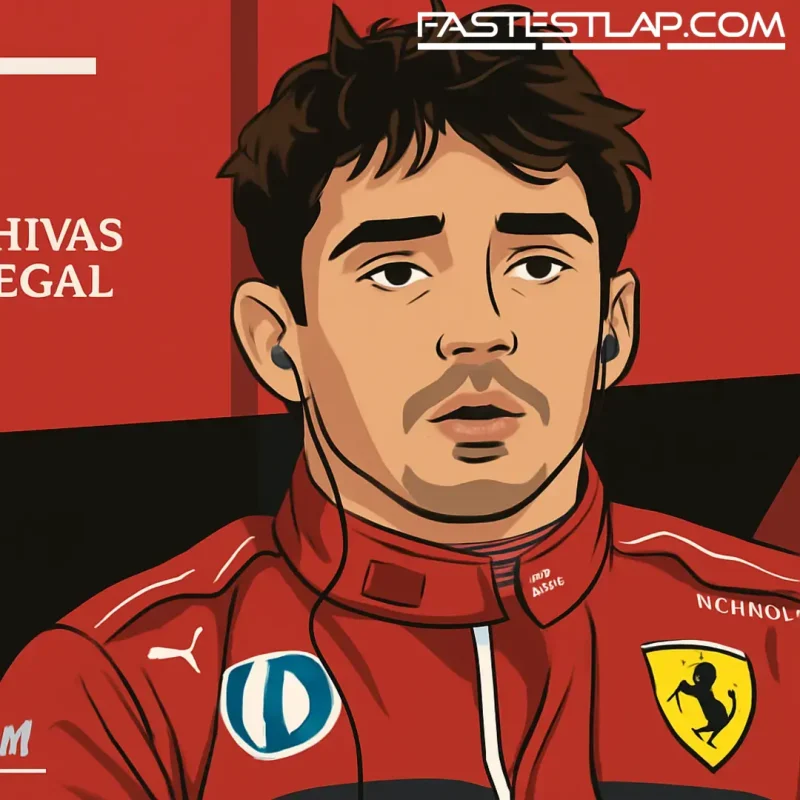Leclerc open to reverse grids — but only where it won’t touch F1’s DNA
Charles Leclerc isn’t rolling out the red carpet for reverse grids, but he’s not slamming the door shut either. The Ferrari driver says he’d consider flipping the order for Sprint races — and only Sprints — while keeping the grand prix itself sacrosanct.
“Not on a normal weekend,” was the thrust of his position. A reverse grid for the main event? No thanks. For a Sprint? “Why not,” so long as F1 keeps its core identity intact.
It’s a debate that refuses to die. Reverse grids crop up every few seasons as a supposed cure-all for processional weekends. Formula 2 already runs a version of it: the top 10 from qualifying are flipped for the Saturday race, often producing lively fights and a few headaches for engineers. But in F1, the idea has largely met a wall of resistance from drivers and fans who see it as a gimmick that punishes the quick and cheapens the contest.
Leclerc’s stance threads the needle. He’s open to trying it where the stakes are lower and the costs of chaos are contained. If you’ve watched enough Sprints, you’ll know why: once Lap 1 settles and tyre temps are in the window, teams rarely gamble. With a full grand prix and points on Sunday, the incentive to risk it all on Saturday just isn’t there.
Would reversing the Sprint order fix that? Possibly. It could shove faster cars into traffic and force some overtaking — the sort of low-commitment experiment the format was built for. But Leclerc’s also clear on the line he won’t cross: don’t touch the main show.
There’s a limit, too, on how much Sprint F1 he wants to see. The championship currently stages six Sprints a year, and while there’s frequent chatter about adding more, Leclerc doesn’t see the need. In his view, the number is “good enough” and pushing beyond that would be overkill.
He’s not alone in urging caution. FIA president Mohammed Ben Sulayem has signaled that more Sprints might be “exciting” in theory but warned of the human cost that comes with an already relentless calendar. He’s sympathetic to F1’s commercial drive — “Stefano is a good friend,” he’s said of F1 boss Stefano Domenicali — yet he’s also pointed to the additional strain on traveling staff and the need to balance sporting integrity with the business side.
That’s the tension at the heart of this whole discussion. F1 wants spectacle without sacrificing substance; teams want variability without unnecessary jeopardy; drivers, especially at the sharp end, want meritocracy. Reverse the grid and you’ll definitely get movement. Whether you get good racing is more complicated.
For Leclerc, now spearheading Ferrari’s charge alongside Lewis Hamilton in 2025, the equation is simple: keep the grands prix pure, use the Sprint as a sandbox if you must, and don’t bloat the schedule. It’s a pragmatic take that matches the paddock mood — curious about tweaks, wary of stunts.
With new regulations looming for 2026 and the sport forever hunting for fresh hooks, expect the reverse-grid idea to resurface again. If it does, Leclerc’s given F1 a workable compromise: test it where the risk is lowest and the payoff might actually be worth it. Just don’t call it the future of Formula 1.




